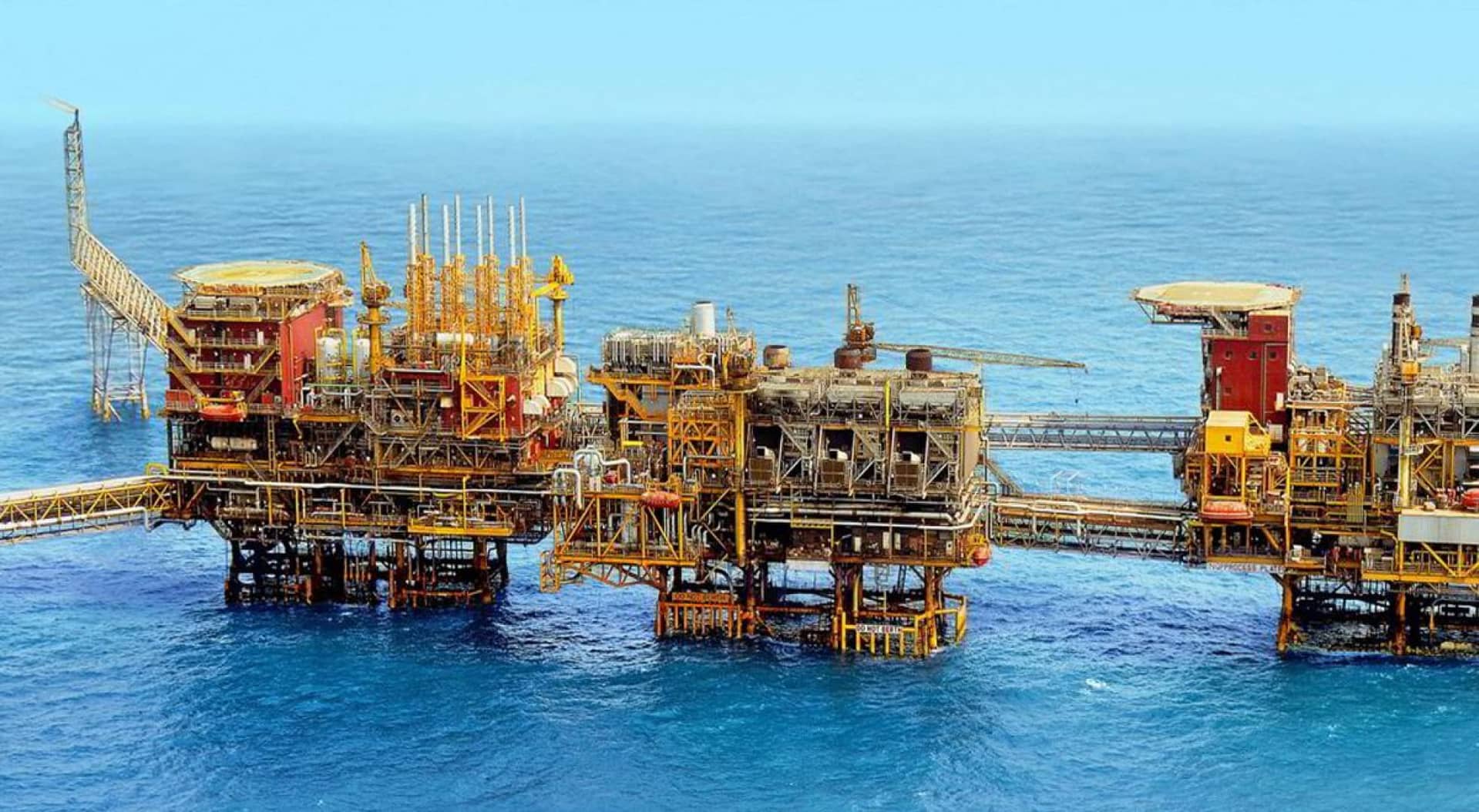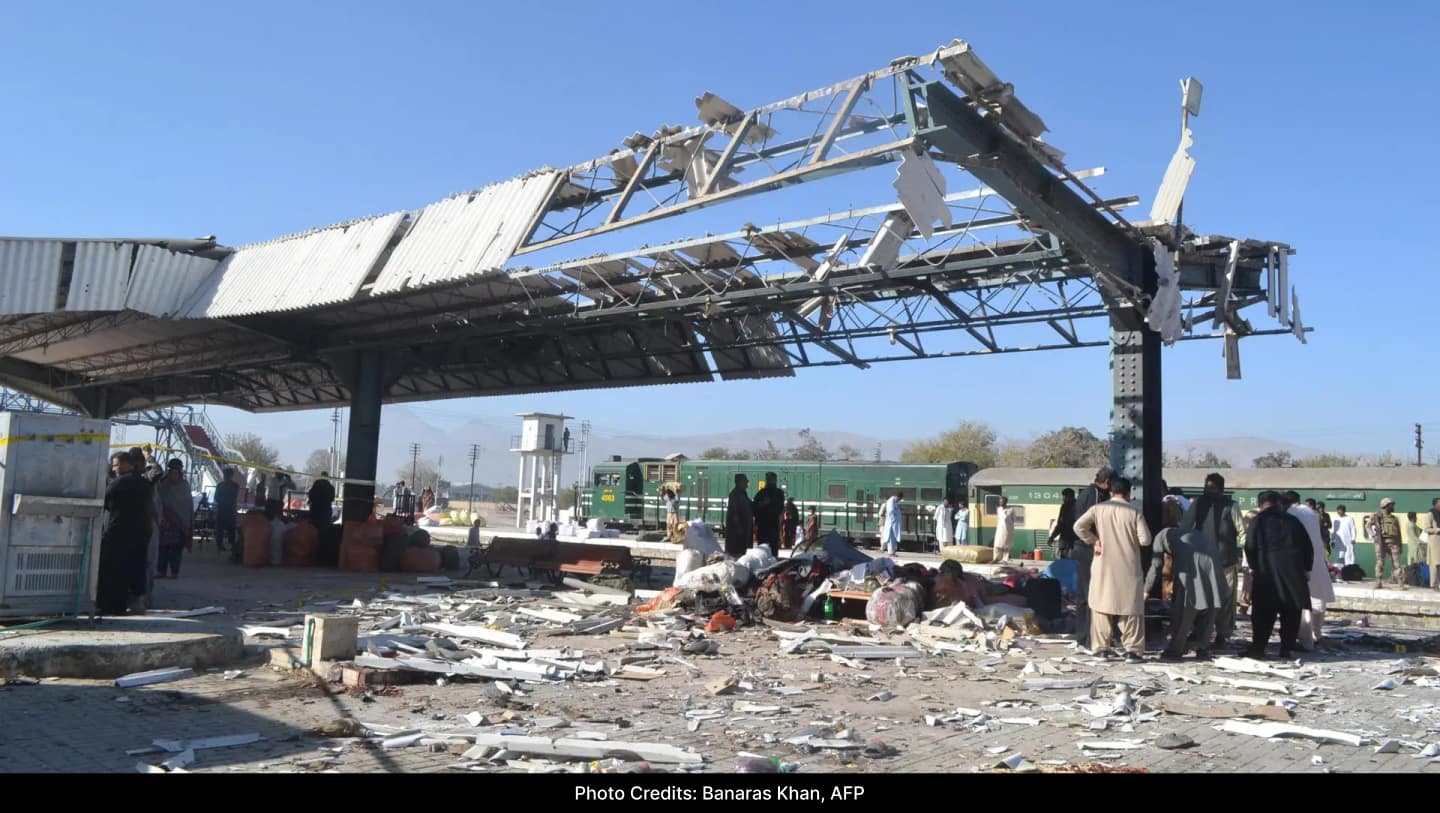State-owned Oil and Natural Gas Corporation (ONGC) said on Monday that its deepwater block in the Krishna-Godavari basin off the Bay of Bengal has started producing oil, a development expected to boost India’s drive for energy self-sufficiency.
These developments are expected to increase ONGC’s total oil and gas production by 11% and 15%, the explorer said in a statement.
The block’s remaining oil and gas fields are expected to come online by mid-2024. At peak, the field is likely to produce 45,000 barrels of oil per day and more than 10 million metric standard cubic meters of gas per day.
ONGC produced 18.4 million tonnes of oil and about 20 billion cubic meters per day of gas in FY23.
The success of the project involved overcoming the challenges posed by the waxy nature of the oil. To solve these problems, ONGC used a new pipe-in-pipe technology, a first in India. While some specialized subsea hardware was sourced internationally, the bulk of the fabrication work was done at the Modular Fabrication Facility in Kattupalli, Tamil Nadu.
Located 35 km off the coast of Andhra Pradesh in water depths ranging from 300-3200 meters, the discoveries in the block are divided into Cluster-1, 2 and 3.
Initially, production of oil from Cluster-2 was scheduled to begin in November 2021. However, the pandemic caused delays, leading ONGC to set a revised date of May 2023 for the first production of oil from Cluster-2. This deadline was further pushed back to August 2023 and then extended monthly, with the latest target set at December 2023.
ONGC’s development plan for Cluster-2, proposed in April 2018, estimated capital expenditure at $5.07 billion and operating costs at $5.12 billion over the field’s 16-year life.
The field, divided into Blocks 2A and 2B, was originally expected to yield 23.52 million metric tons of oil and 50.70 billion cubic meters (bcm) of gas over its lifetime. Cluster 2A has estimated reserves of 94.26 million tonnes of oil and 21.75 bcm of associated gas, while Cluster 2B is estimated to contain 51.98 bcm of gas reserves.
Cluster 2A production was projected at 77,305 barrels of oil per day (bopd) and 3.81 million metric standard cubic meters per day (mmscmd) of associated gas over 15 years. Cluster 2B was expected to produce 12.75 mmscmd of free gas from eight wells over 16 years.
However, ONGC has now revised its production projections lower to 45,000 bpd of crude and up to 2.5 mmscmd from cluster 2A, with around 9 mmscmd expected from cluster 2B.
Global collaboration and ‘Make in India’ initiative.
To meet specific technical requirements, ONGC used to procure subsea hardware from abroad. Fabrication work, a key aspect of the project, was predominantly carried out at the Modular Fabrication Facility in Kattupalli, Tamil Nadu. This is in line with the ‘Make in India’ initiative, which emphasizes domestic manufacturing capacity and self-reliance in the oil and gas sector.
Technological challenges and solutions
In 2020, ONGC started a comprehensive exercise to start oil production from Block 98/2. The project faced technical challenges due to the waxy nature of the oil. However, ONGC has faced these challenges by adopting the innovative Pipe-In-Pipe technology. This approach has enabled efficient extraction of oil from deep reservoirs, demonstrating ONGC’s determination to overcome technical hurdles.




